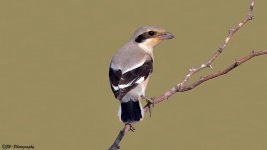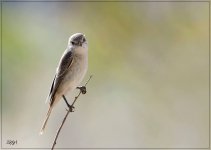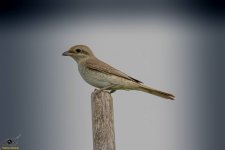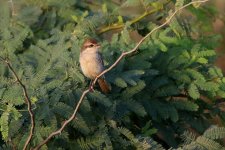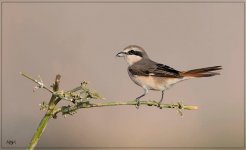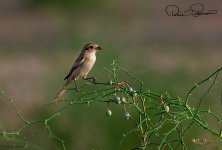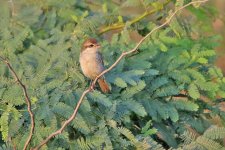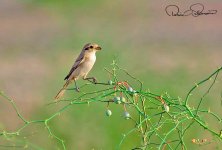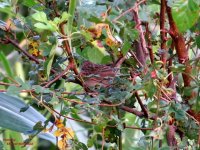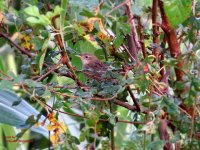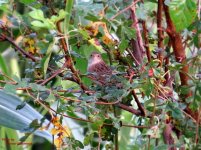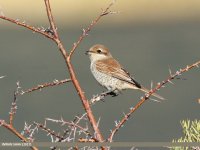I was also looking forward to reading Grahame's take on these! They seem to be four exceptionally difficult individuals. In some cases I'm unsure of the actual colour tones. If you can get hold of any additional shots, perhaps from different angles, it might make the task easier. As it stands I haven't been able to come to a definitive conclusion for any of them. I've been referring to Tim Worfolk's terrific article (attached) but it does date back to 2000 and I worry whether it might not be a little out-of-date.
Just a few observations:
2. Surely too pale on the throat and underparts, and dark grey-brown (I think) on the upperparts, to be
isabellinus. But if it's
phoenicuroides, it's a very poorly-marked bird, with almost no mask visible, very faint barring on the underparts and, even stranger, uniform wings with no black in the flight feathers. It reminds me of the poorly-marked unidentified individual in image 22 on this page:
https://www.smugmug.com/gallery/n-QLNcm/i-mmDFKQD
3. Very puzzling, partly because I'm not sure what the actual plumage tones should be. It looks at first glance like
phoenicuroides, with quite a well-marked head - the eyestripe is quite bold, the underpart barring is quite bold and blackish-looking, and the underparts look creamy-white. However, the base colour of the upperparts is quite sandy-brown, not as dark as a typical
phoenicuroides, meaning there isn't enough of a contrast between upper- and underparts, the supercilum is weak and there are buff tones on the lore and cheek. Also, if this is
phoenicuroides, why isn't this bird one too?
http://www.hbw.com/ibc/photo/isabel...ellinus/immature-1st-winter-isabelline-shrike
5. Very deep rufous-brown on the crown and the eyestripe too looks quite warm brown. The barring on the underparts looks quite crescentic. But the nape doesn't appear to be grey, as it's supposed to be for Red-backed 1st-winter. I would really want to see a view of the upperparts to see how well-barred they are.
7. Another well-marked bird which looks like
phoenicuroides at first glance - there's a broad super and the eyestripe is quite thick. However, I think there's too much buff around the face and side of the breast, the eyestripe looks too brown, as does the underpart barring, and the upperparts are strangely pale. What's with the frosty median coverts? This bird looks a little like fig. 339 on p.27 of the article.
I would welcome a second opinion for any of these birds.




